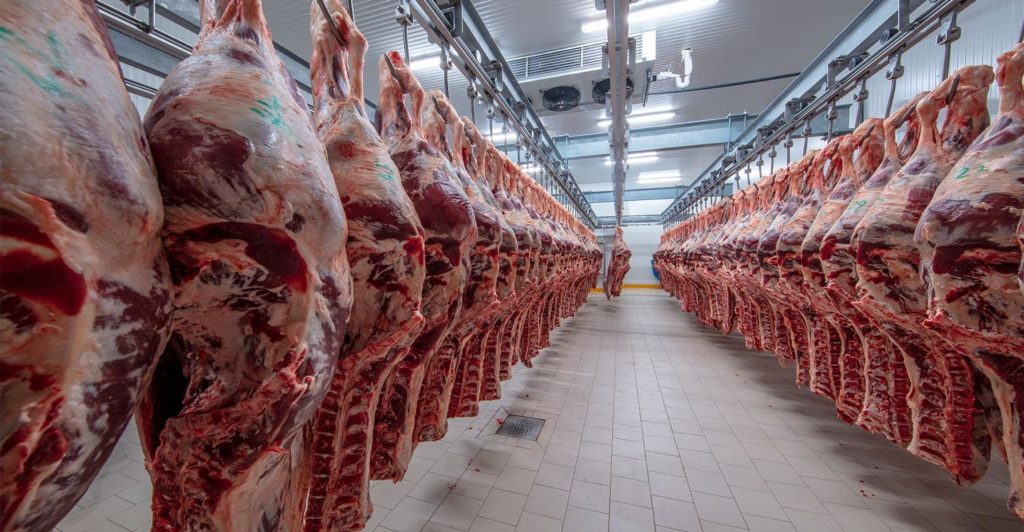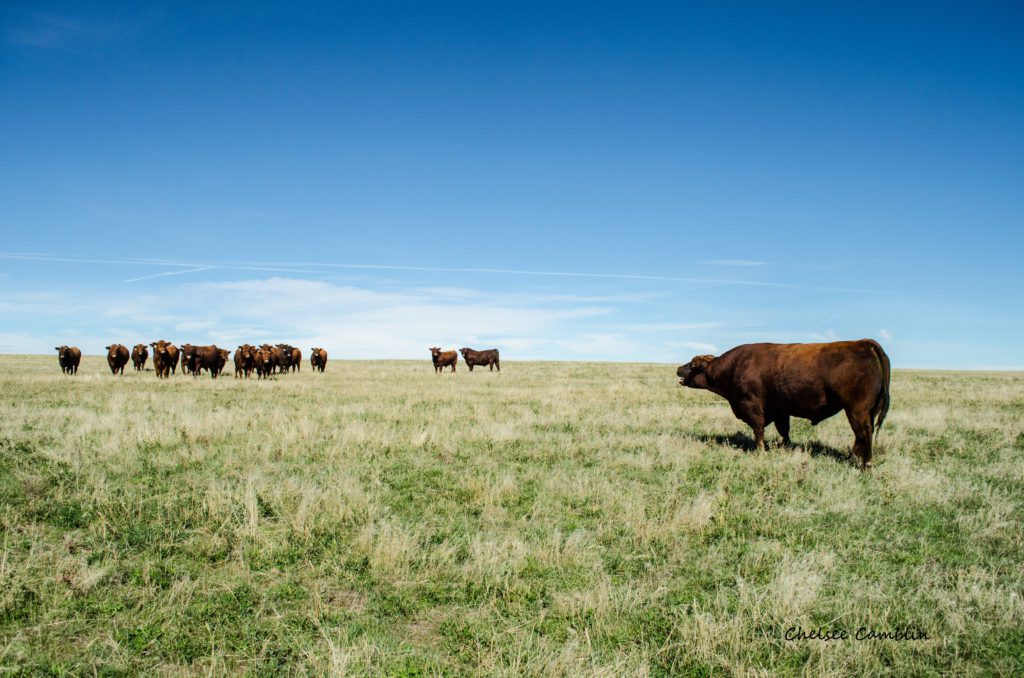Chris Torres | Mar 31, 2020 BEEF Magazine
The closure leaves many producers with finished cattle without a market.
Beef producers in the Northeast are without a market for their finished cattle now that JBS Souderton has been partially shut down until mid-April, a result of the ongoing COVID-19 crisis.
“The JBS Souderton, Pa., beef production facility has temporarily reduced production because several senior management team members have displayed flu-like symptoms,” according to an email from company spokesman Cameron Bruett. “Out of an abundance of caution, these team members have been sent home to self-monitor their health in light of the continued spread of coronavirus (COVID-19). We anticipate the facility will return to normal operations on April 14, 2020.”
Brands produced at the Souderton plant include Moyer Angus Beef, Moyer Beef, 5 Star Beef, 1855 Black Angus Beef, Certified Angus Beef and others.
JBS Souderton is a big player in the Eastern beef market. The company claims that it is the largest beef facility east of Chicago. More than 75% of the plant’s production is finished cattle; the remaining being cull cows and bulls.
According to Mike Baker, Cornell University Extension beef specialist, the plant kills 2,500 head of cattle a day and it recently added a “Saturday kill,” something that it rarely does but has been forced to do because of big demand in ground beef sales, in part because of panic buying by nervous consumers in grocery stores.
Another plant, Cargill Meat Solutions in Wyalusing, Pa., has shifted to just cull cows and bull production for the time being.
Paul Slayton, spokesman for Cargill, says the plant is not processing fattened cattle this week; only contracted cattle and cattle for Pineland Natural Meats and Myers, which market high-end “natural meats.”
Baker says that leaves Nicholas Meats in Loganton, Pa., as the only other option, but that plant only has the capacity to process 600 head of cattle per day.
“There are some larger processing plants in Michigan, Wisconsin and Georgia. Whether these plants will send buyers to purchase cattle is unknown at this time,” Baker says. “If they do, the cost of freight and predicted shrink will increase.”
Bruett says the company will move cattle “as much as possible to other plants.”
Options for producers
Smaller animal production facilities dot much of the landscape in the Northeast, but Baker notes that these facilities, some with or without USDA certification, are likely already booked solid and most are not equipped to take multiple head of cattle.
If you need to unload some cull cows or bulls, Baker says that you might be better off keeping them if there is room on the farm.
The average price of boner and lean cows are between $51 and $60 per cwt, but Baker expects those prices to decrease $5 to $10 per cwt as demand is now tapering and could go lower. He was part of a study that looked into the benefits of feeding dry cows a supplemented diet for an additional 70 days, leading to better carcass quality and higher prices.
Keeping finished cattle longer is a bigger challenge.
“The obvious first challenge to the producers will be the expense to keep those animals,” says Tara Felix, Penn State Extension beef specialist. “Cattle may get too fat if producers don’t adjust rations, and then when they do go, this could show up in the checks as a price hit from too many yield Grade 4+ calves.”
“This is going to be an even more challenging time for our beef producers all up and down the East Coast,” she says.
“I wish I had better advice. This is a rapidly moving and ever-changing environment, nothing like we have ever experienced before,” Baker adds.








